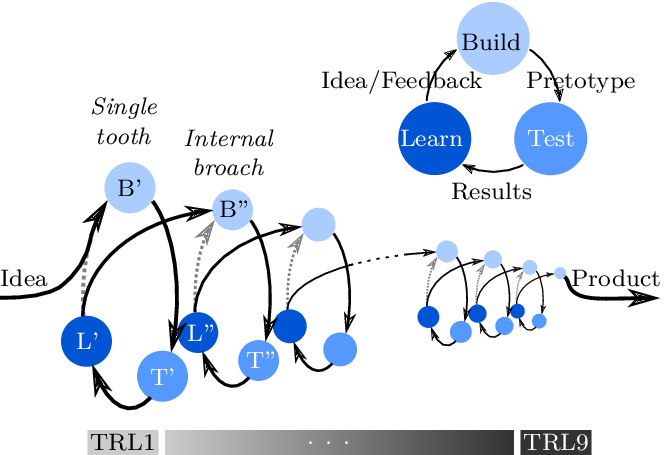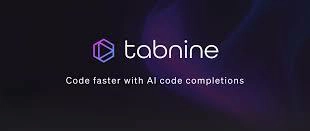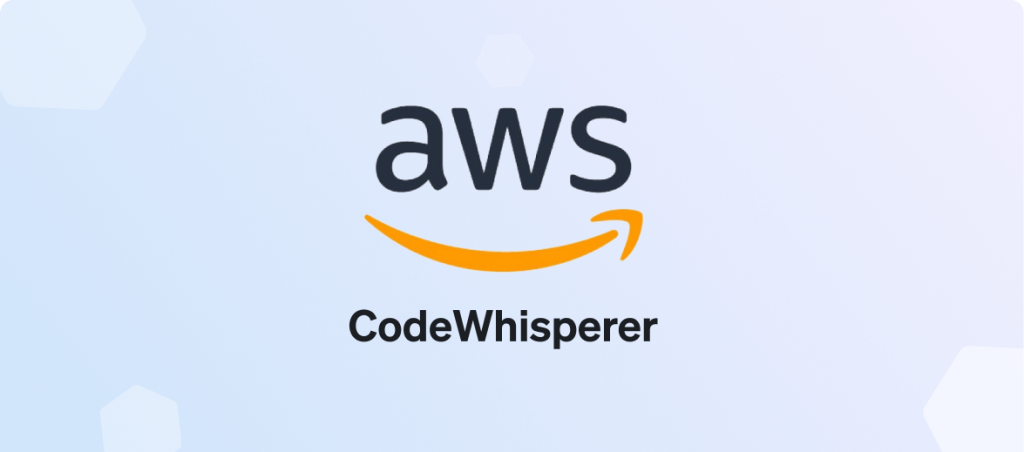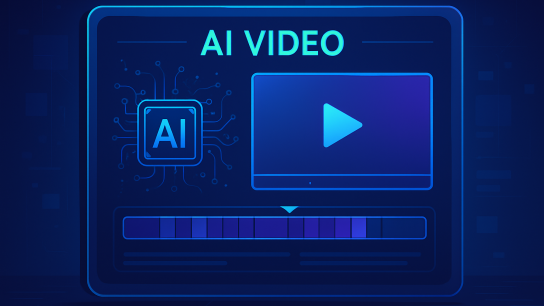In 2025, the world of software development is being reshaped by an incredible force: AI code assistants. What started as helpful autocomplete tools just a few years ago has evolved into powerful AI copilots capable of generating entire functions, fixing bugs, and even explaining complex codebases. If you’re a developer or tech leader looking to boost productivity, these AI code assistants are no longer optional—they’re essential.
In this deep dive, we’ll explore:
✅ What exactly AI code assistants are in 2025 (they’re so much more than autocomplete!)
✅ Why they’re key to supercharging developer productivity
✅ The top tools developers love right now
✅ Real-world examples showing how teams cut dev time by 50%
✅ Smart ways to integrate them without risking code quality or security
✅ Where this fast-moving tech is going next
So grab a coffee (or your favorite energy drink) and let’s explore how AI code assistants can take your productivity to the next level.
🤖 What Are AI Code Assistants in 2025?
When many people first hear “AI code assistants,” they think of basic suggestions—like how your IDE might complete a method name. In 2025, these tools have evolved into robust copilots that can:
- Generate entire functions or modules based on a short prompt or comment.
- Auto-fix bugs, offering intelligent patches after scanning your code.
- Explain legacy code, helping you understand cryptic functions written years ago.
- Write tests, drastically reducing the boring grunt work that eats up developer hours.
- Enforce security best practices, flagging risky patterns in real time.
These modern AI code assistants are trained on billions of lines of open-source and proprietary code. Many use large language models (LLMs) specifically fine-tuned for programming. They don’t just “guess”—they pattern-match, infer intent, and even learn from your specific repo over time.
🏆 Why AI Code Assistants Are a Game-Changer for Productivity
There’s a reason companies from tiny startups to Fortune 500s are rushing to deploy AI code assistants in 2025. These tools address some of the most painful bottlenecks in software engineering. boost productivity
⏳ 1. Faster development cycles

Traditional software projects spend 40-50% of time on debugging, testing, and repetitive tasks. AI code assistants can:
✅ Generate boilerplate code instantly
✅ Offer inline documentation for APIs
✅ Automatically write unit tests
Result? Weeks cut from your delivery timeline.
🐞 2. Fewer bugs in production
AI code assistants trained on best practices can spot common pitfalls. They’re especially good at boost productivity.
- Preventing off-by-one errors in loops
- Validating that inputs are sanitized
- Ensuring database calls use prepared statements to avoid SQL injection
This means less firefighting after deployment—hugely boosting developer productivity.
👩💻 3. Easier onboarding for new devs
AI code assistants can explain complex legacy systems in plain language, so new hires get up to speed faster. Instead of spending months reverse-engineering, they can query the AI directly: “What does this function do?” or “Where is the customer ID first assigned?”
🔥 The Top AI Code Assistants Developers Love in 2025
It’s a booming space. While there are dozens of options, here are the standouts that most developers swear by this year:
🚀 GitHub Copilot X

The OG has matured. Copilot now integrates deeply with VS Code, JetBrains, and even low-code platforms. Features like voice-to-code (literally speaking a function into existence) are making it indispensable.
🐍 Tabnine Pro

Still strong in 2025, Tabnine’s newer models prioritize privacy—training specifically on your private repos without ever sharing data to the cloud.
🏗️ Amazon CodeWhisperer

Popular among AWS-heavy shops. It’s tightly coupled with IAM permissions, Lambda functions, and can even recommend the best managed service for your needs as it writes your infrastructure code.
🔍 Sourcegraph Cody
A newer but rapidly growing AI code assistant focused on code intelligence across massive monorepos. Cody can answer: “Where are all instances of this API called across 200 services?”
⚙️ Custom enterprise LLMs
Many big companies in 2025 are rolling their own internal AI code assistants. These are trained solely on the company’s private codebase, ensuring perfect context and IP security.
💡 Real-World Examples: How Teams Are Using AI Code Assistants to Boost Productivity
🏦 A fintech reduces feature delivery time by 50%
A European fintech startup used GitHub Copilot X to auto-generate repetitive CRUD operations across its payment microservices. Developers boost productivity focused on business logic instead, slashing time to ship by half.
🏥 Healthcare startup cuts onboarding by 70%
A health tech platform introduced an AI code assistant that could explain their sprawling legacy code in natural language. New engineers reached full productivity in 2 months instead of 6, hugely reducing costs.
🛒 E-commerce boosts test coverage from 40% to 90%
An online retailer leveraged Tabnine to suggest unit tests automatically. Before the AI rollout, writing tests was always delayed. Now they hit near 90% coverage—less manual QA needed, fewer bugs in production.
⚖️ Balancing Speed & Quality: Avoiding Pitfalls of AI Code Assistants
Of course, it’s not all rainbows. There are smart ways to use AI code assistants to boost productivity without compromising quality.
🚩 1. Watch for “AI hallucinations”
Sometimes these tools generate syntactically correct but logically flawed code. Always review what your AI code assistant produces. Think of it like a junior developer who’s very fast—but still learning. boost productivity
🔐 2. Stay compliant
Be cautious about letting AI code assistants trained on public data insert potentially copyrighted snippets. Many tools now offer private training modes to avoid licensing headaches.
🔍 3. Combine with static analysis & code review
AI code assistants are powerful, but pair them with traditional linters and human reviews. Together, they catch almost all errors.
🔬 The Secret Sauce: How AI Code Assistants Actually Work in 2025
In 2025, these assistants are largely powered by advanced LLMs, fine-tuned on programming tasks. But the smartest ones go beyond just text prediction. They include:
- Semantic search over your codebase, so they understand your exact context.
- AST (abstract syntax tree) awareness, meaning they grasp your code’s structure, not just the words.
- Integration with CI/CD, flagging build failures or test regressions immediately.
Some enterprise tools even connect to ticketing systems. If your AI sees a snippet tied to a JIRA bug from last year, it might warn: “This pattern caused a memory leak before.”
🔥 Sneak Peek: The Future of AI Code Assistants
What’s next? By 2026, experts predict we’ll see:
- Autonomous pull requests. AI code assistants won’t just write suggestions; they’ll draft entire PRs with commit messages, linked tickets, and explanations.
- AI pair programming. Imagine a voice-based session where you say, “Can you refactor this into a functional component, add PropTypes, and update the docs?” and the AI just does it live.
- Multi-modal assistants. Combining code with visual diagrams, UML models, and even user story maps—explained in one unified interface.
🎯 How to Start: A Quick Onboarding Plan
Want to boost productivity with AI code assistants right now? Here’s a simple plan:
✅ Week 1: Try a tool like Copilot X or Tabnine on side projects. Get used to prompts and completions.
✅ Week 2: Integrate it on a small internal feature—like writing tests or documentation.
✅ Week 3: Establish team guidelines. Decide where AI suggestions are allowed (e.g., internal tools) vs. sensitive code (like cryptographic functions).
✅ Week 4: Measure impact. Are PR cycles faster? Are tests more thorough? Adjust your strategy.
🧠 Key Takeaways: Why AI Code Assistants Are Essential in 2025
✅ AI code assistants drastically reduce repetitive work—freeing developers for creative problem-solving.
✅ They catch bugs early, improve code quality, and help new hires ramp up.
✅ When combined with best practices like reviews and static analysis, they become a game-changing productivity force.
✍️ Final Thoughts: Developers + AI = The New Normal
Some worry that AI code assistants might replace human developers. But the real story in 2025 is collaboration.
The best teams pair human creativity and critical thinking with the relentless speed and pattern-matching of AI. It’s not about who writes the for-loop—it’s about solving bigger business problems, shipping faster, and letting people focus on what they love.
So if you’re still on the fence, try an AI code assistant this month. Your productivity—and maybe your work-life balance—will thank you.
author ; trendystag





